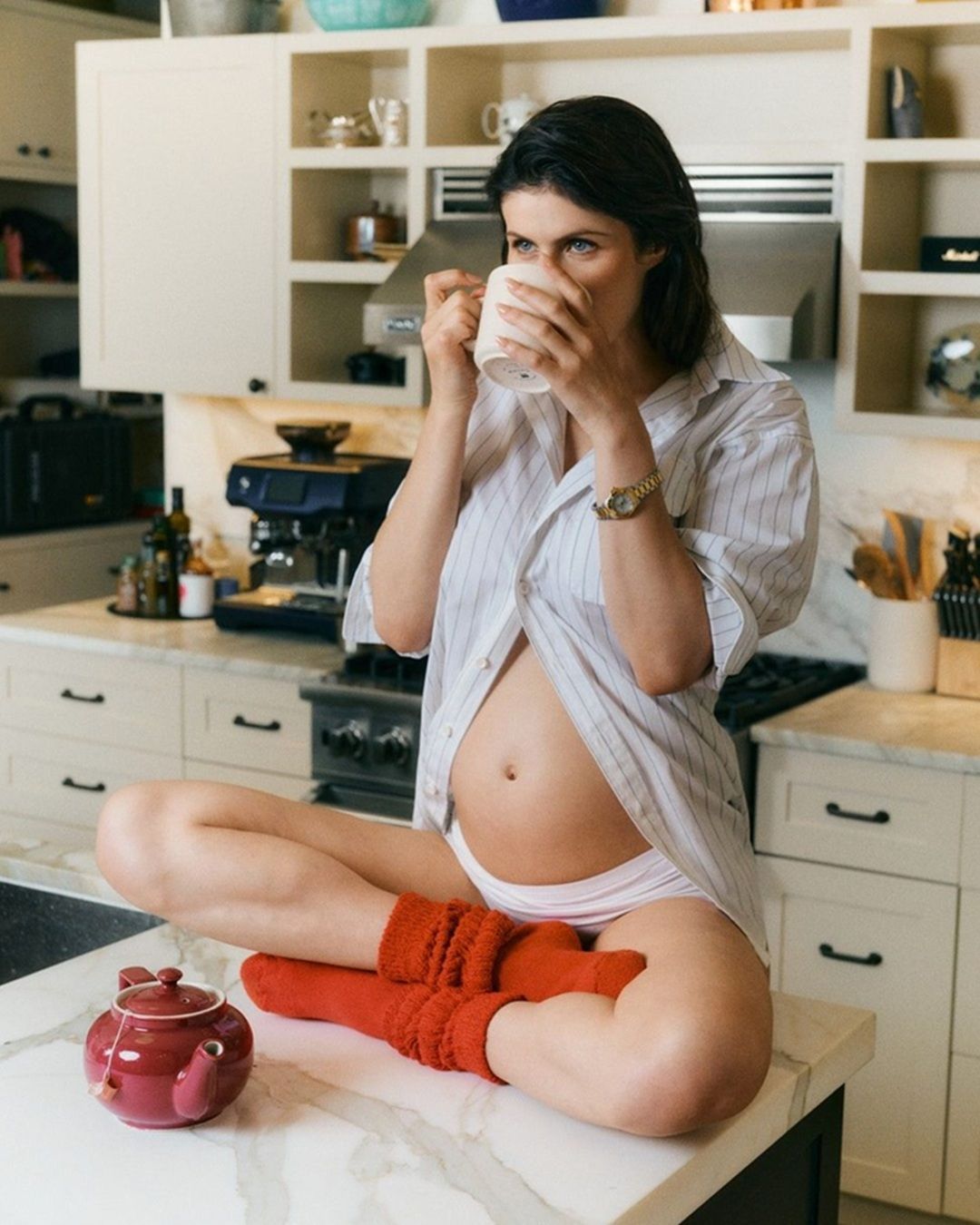
Do women who work in fashion have to give up becoming mothers? Hectic work rhythms and uncertain contracts make everything very complicated
We have extensively discussed the difficulties faced by female workers in Italy and worldwide. Gender pay gap, discrimination if pregnant or if trans, difficulty accessing positions of power. These challenges are exacerbated in sectors that are particularly unstable, competitive, fast-paced, or poorly regulated, especially if the women in question are mothers. What are we talking about specifically? Young women working in the glamorous fashion industry, who don't feel they can start a family due to their job insecurity and very intense work rhythms. Are they right? Let's take a closer look.
1Granary Investigation: Data and Testimonials
Recently, 1Granary, a platform dedicated to educating on fashion-related topics and reflecting on the conditions of its workers, launched a two-part investigation. The theme? Motherhood in the fashion world. Vogue Business did the same, gathering testimonies from employees and companies. The results? As expected, but this doesn't make it any less serious. Mothers interviewed by the second publication reported significant difficulties during pregnancy and upon returning to work, pressures to prove their worth, and high, unsustainable childcare costs. The data confirm this. According to Totaljobs and the Fawcett Society, 84% of mothers find it very challenging to return to work after maternity leave, while 79% encounter obstacles in career advancement. According to a study by McKinsey, 45% of women with children under five left the workforce due to a lack of childcare support, compared to only 14% of men.
The Situation for Younger and More Precarious Workers: Work and Motherhood in Fashion for Gen Z
This array of data and their consequences are very useful in framing the issue, which fits into a broader context of how women are treated at work. Becoming a mother while working in fashion makes it hard to keep up. The pace is incompatible with family life, the pressures are difficult to bear, and not all corporate welfare programs are sufficient. Is it surprising that younger women (and perhaps more precarious ones) realize they cannot have children while working in this sector? It feels like being forced into a tough choice: either private life or career. Both are not possible. While this is true in many other sectors, fashion has particular characteristics that make it even more complex. Especially in Italy, it is concentrated in major cities with a higher cost of living, requires frequent travel, and, let's be honest, adherence to traditional beauty standards. As we learned from The Devil Wears Prada, fashion demands dedication and self-sacrifice, and it doesn't always reward you for it. Not always, at least.
@karinabondlondon It’s Halloween season…so time for a fashion horror story! But seriously…this should not be okay, and as naive as I am about being able to change this - I am very passionate about raising awareness of misstreatment of interns in my beloved fashion industry. . . . #storytime #emergingdesigner #fashionintern #fashioninternship #horrorstory #crazystory #exposingthetruth #fashionstorytime #fashiondesigner 夜店Paris巴黎 - 奶盖
Understanding the Italian Situation
According to a PwC Italy survey titled "Women and Fashion: The 2024 Barometer", in 2023, in Italy, less than one in three top positions in corporate boards were held by women (30.9%). In comparison, France had 47% female board members, the UK had 34%, and the USA had 40%. Companies associated with the Camera Nazionale della Moda Italiana (CNMI) had a female presence on their boards at 27%. In textiles and clothing, the female workforce in 2022 was 59.1%, while in manufacturing it was 27.8%. Specifically, in textiles, 59.1% of women were employees, 45.7% were workers, and 17.3% were managers. In clothing, 73.5% of women were employees, 65.6% were workers, and 30.6% were managers.
The same report also states that over 68% of women in managerial positions in the fashion sector are over 45 years old. For 94% of respondents, there is no pay gap between men and women, but almost 1 in 4 companies do not offer equal opportunities in hiring processes. Corporate welfare plays an important role in balancing work and personal life. Two out of five companies state that welfare has helped eliminate the perception of motherhood as a career obstacle. However, 52% of companies have at least one woman with a part-time contract, while only 14% have at least one man in the same situation. 65% of women choose part-time to balance personal life and work. 32% of artisan companies do not have welfare tools to support parenting, while 46% offer flexible hours.
Work and Maternity: What Can Be Done?
The main and urgent action should be to promote maternity support policies in all sectors, including fashion, clothing, and textiles. Making work flexible and accessible, implementing precise regulations (with severe penalties) for discrimination and mobbing. Much of fashion work is just that: work. Its coolness (real or perceived) shouldn't prevent it from being compatible with real, normal life.
























































